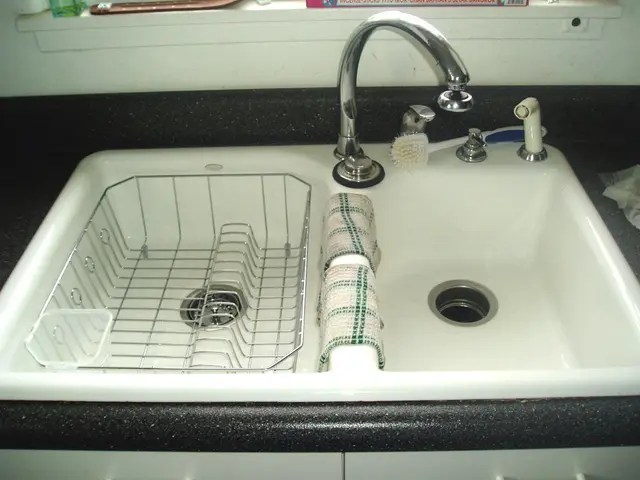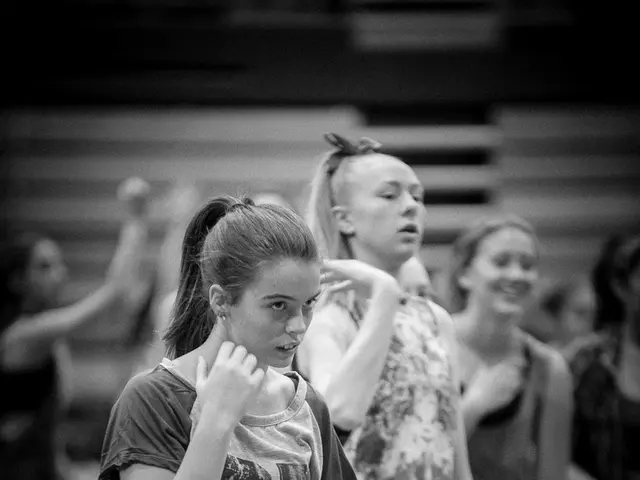Prioritizing Neglected Muscle: A Physician's Advice on an Often-Overlooked Muscle Group for Strengthening
In the world of running, preventing injuries is a top priority for athletes. One often overlooked area in exercise routines is the foot core muscles, a group of smaller and deeper muscles that work together to stabilize various foot joints. These muscles, when malfunctioning, can increase the risk of injury.
For runners, the posterior tibialis muscle plays a critical role in controlling foot inversion and supporting the arch, key to avoiding ankle instability and foot injuries. Here are some targeted exercises recommended to strengthen this muscle:
1. Calf Raises with a Tennis Ball Squeeze: Stand near a wall or countertop for balance, place a small ball (tennis ball size) between your heels, and perform double-leg calf raises while squeezing the ball. This activates the posterior tibialis by combining ankle plantar flexion with inversion, engaging the muscle to help prevent ankle issues and foot injuries. Aim for 3 sets of 10–20 repetitions daily, reducing frequency to every other day if pain occurs.
2. Theraband Foot Inversion: Use a resistance band anchored opposite your foot, slowly pull your foot inward against the band’s resistance, focusing on controlled, smooth movement. This directly targets the posterior tibialis tendon, but remember to avoid rushing and stop if pain worsens, building strength gradually.
3. Isometric Holds for Early Activation: Contract the posterior tibialis muscle without moving the foot, hold the contraction gently for 5 to 10 seconds, then relax. Repeat several times for tendon engagement without stressing it, especially useful in early rehab stages.
4. Progressing to Single-Leg Calf Raises: As strength improves, transition from double-leg to single-leg calf raises to increase ankle stabilization and arch support, essential for running mechanics.
By consistently incorporating these exercises, runners can improve the strength and function of their posterior tibialis muscle, contributing to better overall foot and joint stability. It is important to perform these movements carefully and avoid overloading the tendon to prevent aggravation.
If pain persists or worsens, consult a healthcare professional specialized in running injuries for personalized guidance. The foot core, which includes these muscles, is collectively referred to as the foot core and is crucial for providing a stable base for the larger muscles to function efficiently. These exercises, particularly emphasized for runners, can help in maintaining a strong and injury-free running routine.
Strengthening thefooter core muscles, specifically the posterior tibialis, through exercises like calf raises with a tennis ball squeeze, theraband foot inversion, isometric holds, and progressing to single-leg calf raises, not only improves foot and joint stability but also reduces the risk of ankle instability and foot injuries in sports like running. Furthermore, these core exercises contribute to the health-and-wellness aspect, boosting fitness-and-exercise performance and sports-analysis insights, as they ensure proper running mechanics and a stable base for efficient muscle function.




